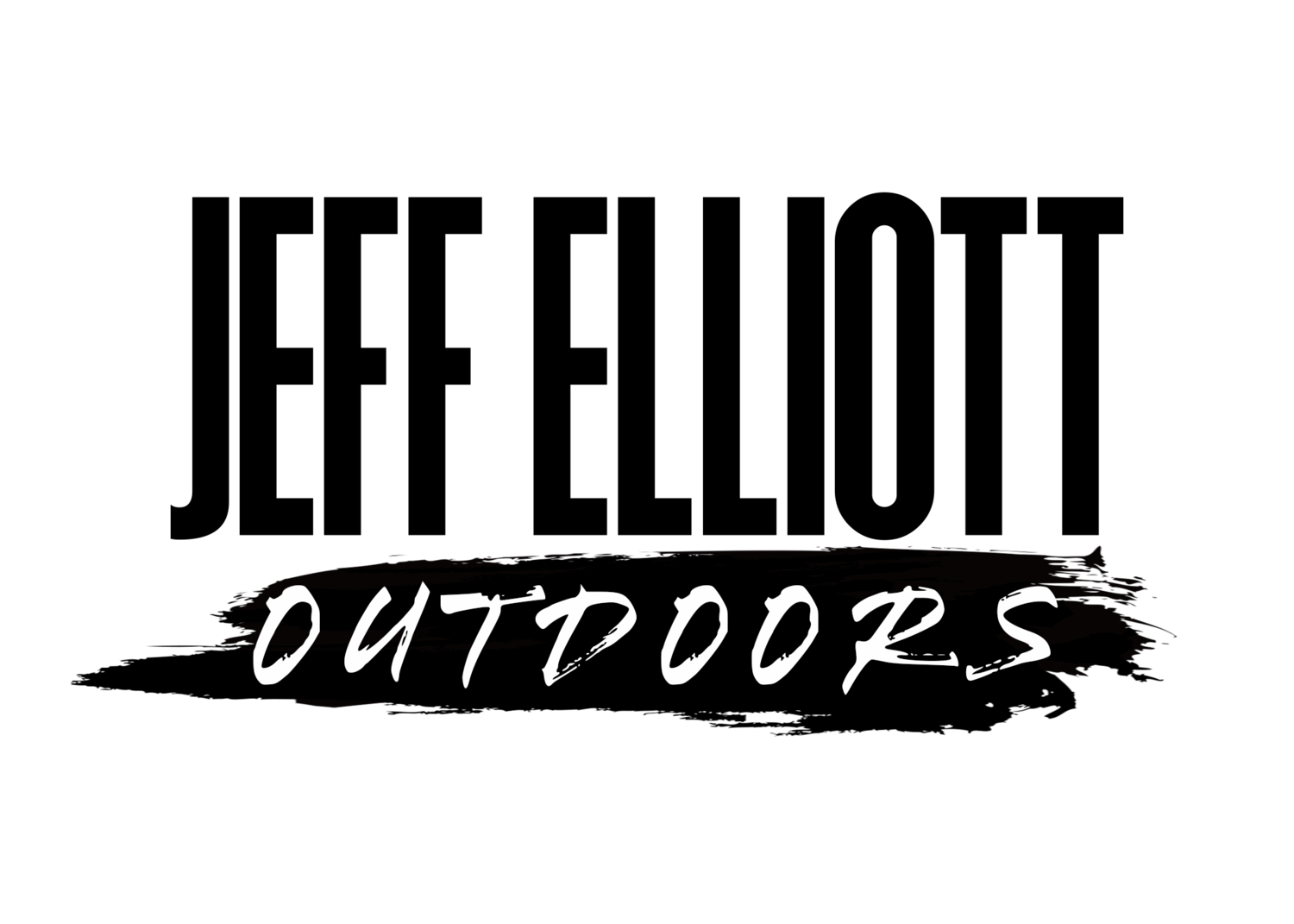Bait Profile - Round Goby
Round Goby
We’ve all heard of the round goby. It certainly created quite the buzz when they first got the great lakes via ballast water in the 90’s. Like all invasive species there is some uncertainly of what will happen when they arrive and there were substantial fears that they might make recruitment a challenge for smallmouth bass.
Luckily that wasn’t the case and our smallmouth are thriving. The goby on the other hand has become a food source for many of our native fish. They are abundant in the Great Lakes and connecting waterways and seem to thrive in the Great Lakes environment. They have no issues reproducing as you will see lots of different year classes mixed together and they can get quite large. I’ve seen them up to 8 inches or so. One thing to note about gobies is they lack a swim bladder so you are always going to find them near the bottom. They have a distinct scoot about them when they swim. They can come in a wide variety of colors dependent on the environment they came from or even spawning stage. Male gobies will be almost black during the spawn. Generally, the darker the water they come from the darker a particular goby will be to blend in.
They have a relatively large mouth respective to their size and visible teeth as they get bigger. They also have a fused pelvic fin underneath them. That is a dead giveaway that you are handling a goby and not one of our native sculpin species that occupy the same habitat.
The goby is often championed as the biggest reason our smallmouth are so big now. There’s no question that smallmouth are eating a lot of gobies but I think there are a lot of other factors at work. They also don’t exclusively eat gobies. Calorically gobies aren’t as dense as many of the other prey species smallmouth have available. A smallmouth that is eating alewives all the time is going to get fatter than a smallmouth that eats gobies all the time.
One hypotheses I have about smallmouth and gobies is that they are providing a critical food source at a specific time of year. Many species have really turned to eating gobies when the water is cold in spring and fall (maybe throughout the winter too). I think that maybe their preferred habitats are overlapping and those gobies are providing easy meals at a time when it was previously harder for smallmouth to feed. I’ve got no study to base that on but it is just something I’ve thought about over the years with the smallmouth/goby relationship.











